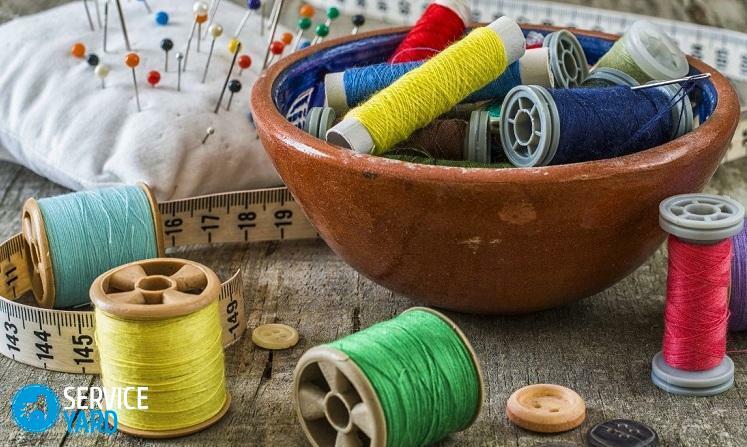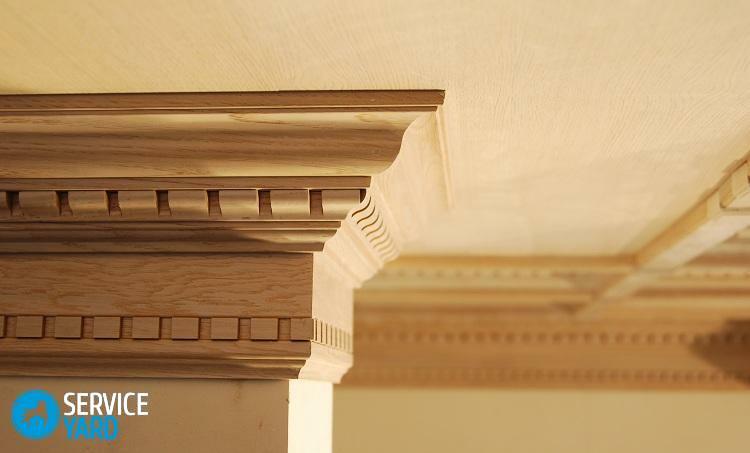Durability and safety of the stove or fireplace is caused by the right choice of materials from which folded heater. Variation in environment of at least one of them sooner or later will lead to negative consequences - the destruction, depressurization, loss of aesthetics, facilities, etc.
Connecting the individual components in the furnace are materials united in the group "heat-resistant adhesive for stoves and fireplaces" and used not only for the construction of the housing, but also seal the joints with the stone cast iron parts and trim heater ceramics.

Consider more such compounds, their purpose and application.
Read this about Sealant for furnaces and fireplaces.
General characteristics of heat-resistant adhesives for stoves
The main factor determining the name for these materials is to operate at high temperatures, sometimes - in direct contact with fire. Heat-resistant adhesive at high-use regime should not only resist degradation, but also to preserve its functionality.
General requirements for adhesives, intended for devices furnaces:
- enough for a particular purpose resistance to high temperatures;
- security - the absence of harmful emissions into the air;
- sufficient adhesion at high elasticity solidified mixture - for effective neutralization temperature deformations furnace materials;
- ease of installation - optimal consistency, while survivability and curing.
For reference.The term "sufficient resistance" in the first paragraph means that furnace elements, depending on the location, are exposed to different temperature ranges. Therefore the degree of resistance of the adhesive to high temperatures should not be less than required in this location.
Types of adhesives high temperature furnace
Today's range of compounds domestic and foreign production is so wide that only the classification of adhesives can be a separate article. But to choose the right adhesive to the consumer enough to understand only the basic parameters, which will now be considered.
Classification of adhesive mixtures according to the degree of heat resistance and destination
In everyday life the use of the adhesive composition in the furnace is denoted addition to its definition "-resistant" within the meaning of similar prefixes thermo-, heat- or flammable. In fact, these prefixes indicate a particular degree of resistance of the adhesive to high temperatures:
- thermal stability - the ability of the material within 3 hours there are no changes in their characteristics when exposed to temperatures up to 140aboutFROM;
- termoprochnost - indefinitely long time preservation at a temperature of up to 140 picturesaboutWith basic properties with minor changes of characteristic values;
- thermal stability - complete preservation characteristics pictures for an indefinitely long exposure to temperatures of up to 140aboutFROM;
- heat resistance (-prochnost, -stability) - preservation adhesive mixture of all characteristics when exposed to temperatures indefinitely 1000 aboutFROM;
- fire - no changes in adhesive performance after prolonged exposure to temperatures of 1000 aboutC, including a three-hour exposure to a naked flame (presence of chemical resistance);
- refractoriness - preservation mixture of the adhesive properties unchanged indefinitely when exposed to temperatures of 1000 0C, and open flames.
Unit adhesives according to the method of preparation and composition
Despite the presence in the sales of ready high-temperature adhesives, for the construction of furnaces and fireplaces to now often use fire retardant solutions prepared independently and characterized by composition.
industrial materials produced in the form of dry mixtures prior to use requiring only mixing with water to the desired consistency, and ready solutions - single or bicomponent used tend to seal metal joints with brickwork, ceramic finishing or fine repair.

C. Compound industrial manufacturing issues arise little - characteristics of adhesive, scope and method of usage are described on the package. But a lot of work, budget constraints or concerns as a finished material sometimes decide to use heat-resistant self-production solution.
As mentioned above, in each zone of the furnace or fireplace temperature value varies in a certain range, so laying the heater is made of solutions of different compositions.

We consider in detail the working zone of the furnace from the perspective used in these mixtures:
1 - monolithic heater base, separated from the foundation of the building and is made of conventional reinforced concrete;
2 - waterproofing of 2-3 layers of roofing material, without requiring masonry with mortar;
3 - two lower rows of masonry (most critical, but do not undergo significant thermal exposure) are performed on the cement or lime mortar;
4 - zharozaschitny layer (asbestos) is placed on the clay solution;
5 - the zone of heat storage, subjected to a temperature of 500-600 0C, and the chemicals of combustion products, is laid out in brick clay-sand mortar;
6 - the furnace zone due to exposure to temperatures up to 1000 walling 0C made of refractory bricks laid on clay and fireclay solution;
7, 8 - lower tier brick chimney and cutting tests the temperature to 400 0C, placed on a clay-sand mortar;
8 - laying pipe at the junction with an overlap made of a clay-sand mortar, a small amount of hardened cement additive;
9, 10 - zone "neck" and headroom pipes are exposed to severe temperature variations, so line up on a cement-sand mortar with addition of lime.
The construction of the furnace to meet the required refractory mortar composition in each work area provides structural strength and safety of the heater.
For a better understanding of the solutions produced by the hands, Let us examine briefly their components:
chamotte - a pottery, brought up to sintering during high temperature firing. Fight such products (bricks) crushed to fractions of sand and is used as a main filler or additive in a cement slurry, at times increasing its resistance to high temperatures. Fireclay sand purchased building materials stores.

Clay - natural mineral material, whose main characteristic is the fat content - a set of strength, ductility, the degree of adhesion and water resistance. On this parameter clay is divided into fat, lean and mean. For optimum cooking stove solution srednezhirnaya clay.

Sand - natural material, from which much depends in mortar. White quartz sand suitable for solution in any zone of the furnace, while the yellow color material to the furnace is not suitable masonry.
Important! Sand before adding to the batch carefully passed through a sieve with a mesh size of 2-3 mm and then washed.

Cement - masonry stoves and fireplaces used, grade M400.
Lime - a white mineral material produced by firing limestone and the chemical composition is calcium oxide. In the manufacture of mortars used slaked lime, addition of a mixture which gives plasticity and provides its cure uniformly across the depth.

For ease of use when mixing proportions furnace solutions components can be summarized in the following table:

Thus, based on these materials are manufactured independently adhesive solution heat resistance of the following values:
- clay-fireclay - 1200 - 1300 0FROM;
- cement and fireclay 1200-1300 0FROM;
- clay and sand - 1100 0FROM;
- lime-sand - 450-500 0FROM;
- cement-lime 220 - 250 0FROM;
- cement-sand mortar - in its pure form is not used in masonry furnace.
Visually acquainted with the technology of manufacturing of furnace solution for masonry will this video:
conclusion
Masonry stove or fireplace - a complex operation that requires theoretical knowledge and practical skills. In the absence of experience in the preparation of self-furnace solution is better to use a mixture of industrial manufacturing adhesives. However, it should be noted that the use of compositions of separately purchased components allows savings of 15-20%.
The main essence of the article
- The safety and durability of the heater of bricks depends, among other things, on the characteristics of the adhesive solution.
- Heating oven - a complex aggregate, the internal space of which consists of several zones with different values of operating temperature.
- Each zone of the oven or hearth is characterized by certain operating conditions must therefore be laid out by using different solutions.
- The correct choice of components and compliance with their proportions in self-production of heat-resistant solutions - a pledge of strength and tightness of a brick heater.



